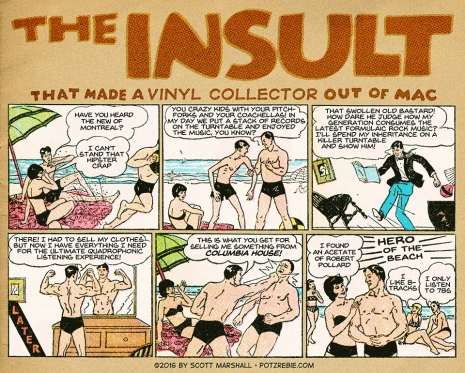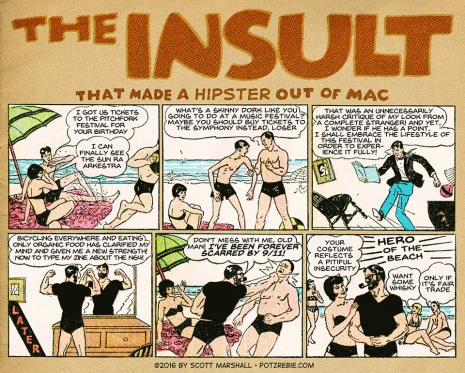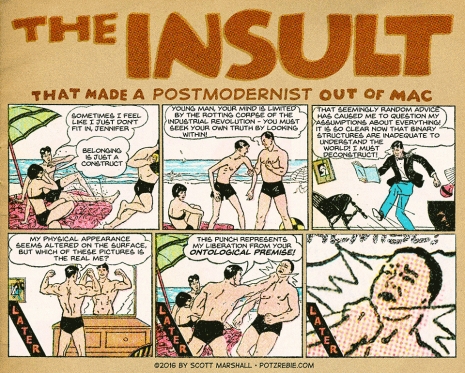
On November 10th and 11th, the new CD + DVD of Antony and the Johnsons live in concert TURNING film (co-directed by Antony Hegarty and video artist/filmmaker Charles Atlas) will be released respectively by Rough Trade in the UK and Europe and the Secretly Canadian label in North America.
TURNING is stunning, a magnificent and moving arthouse documentary/concert film of a fall 2006 tour of Europe. That live show featured Atlas’ live video portraiture of thirteen women in close-up as they were spinning on a human-sized turntable, like a nicely updated version of Andy Warhol’s “13 Most Beautiful Girls” screentests. These projected portraits are the backdrop of nuanced performances—alternately tender and forceful, joyous and bittersweet—by Antony and the Johnsons (Antony, Maxim Moston, Rob Moose, Julia Kent, Parker Kindred, Jeff Langston, and Thomas Bartlett), captured in London, Paris, Madrid, Rome and Braga.
You can watch the trailer for TURNING here.
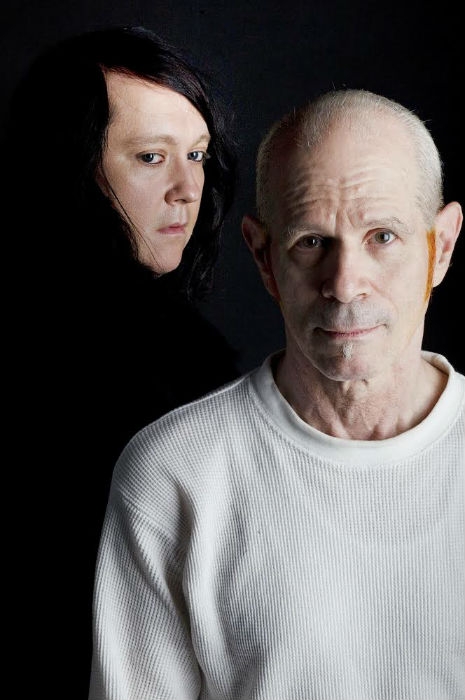
I asked Antony and Charles some questions about TURNING via email.
The feminine energy that’s celebrated in TURNING isn’t entirely biological. I was wondering if you could clarify what your (preferred) definition of “femininity” is?
Antony: We all have bodies that naturally produce estrogen and testosterone, so I am a bit confused by your assertion about biology. My definition of femininity, which is always evolving, has partly to do with motherhood and the impulses of motherhood, to treasure, to protect, to nurture, to give selflessly. I have observed femininity often manifest as a greater sensitivity to one’s relationships with one’s surroundings, a heightened sense of oneself within space. I often think of the word femininity as congruous with creativity. Another feminine archetype is the capacity for intuitive and emotional intelligence. On the other hand, there are the Kali-esque faces of femininity. But for me, even when femininity is destructive, as in the case for instance of a natural disaster, there is something essential about it; Nature is not frivolous in her violent manifestations. And inevitably, pastoral life flourishes in the the shadows of volcanic eruptions and tidal waves.
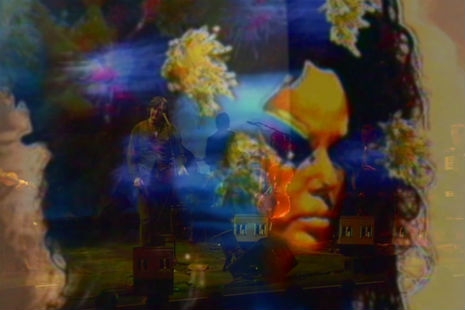
You’ve screened the film at festivals over the past two years. It’s not merely a concert film, there’s something deeper and much more profound going on; however the reviews I’ve read, some get it, and some plainly just didn’t. There’s that scene where the French press called the TURNING performance a “transsexual manifesto” which obviously illustrates this somewhat, but the New York Times focused on this as well in their brief review. Did you find that some audiences and critics were confused by what the “message” of TURNING is?
Antony: One of the reasons we made TURNING is because we were not sure we “got” TURNING ourselves! The form was mesmerizing and we just kind of fell into it. It came to mean a lot of different things to different people. For me, what is interesting and relevant about TURNING today is its intuitive embrace of the intersection between trans-feminism and “Future Feminism”, a genre of feminism that I have been working with several of the women involved in TURNING to articulate over the last few years. At the heart of TURNING is the impulse to form a circle of community and create space for each other, to witness and empower one another.
Charles Atlas: Another reason we took charge of the filming and production of the TURNING film ourselves (rather than accepting offers from TV companies to make the film) was precisely to allow all of the meanings of TURNING to emerge. At the public screenings I attended and the follow-up Q & A’s, I felt the audience came away with the feeling of the universality of the message of self-actualization.

Aside from the beautiful production values, which I thought was stunning on every level—I mean THE BAND!—the backstage preparations, traveling and “sisterhood” aspects of the project were so fascinating. The thing that was so riveting to me—and I know some of the women who were onstage with you—was watching the faces of each of them as they listened to the lyrics, as if the songs were about them and about their own lives, struggles and triumphs. There seemed to be a “psychodrama” aspect to the performance for the “beauties.” The Puerto Rican girl, Nomi, at the beginning seemed like she’d experienced a sort of beatific transcendence about herself and her place in the world. Connie Fleming also seemed very deeply in thought in front of a few thousand people. Can you discuss this?
Antony: The process for the participants was intimately meditative and at the same time extroverted and performative. To be watched in a state of stillness, from every angle, challenged each of the subjects in different ways. There was a tremendous sense of support for each other amongst the models. Each person seemed to develop her own inner narrative that guided her on the pedestal. And for each of us, different things emerged from the process. In the concert itself, the models appeared anonymously; there were no life stories (besides mine, embedded in the song lyrics), only images of women from many ages, backgrounds and experiences. Behind the scenes, many feelings and ideas started to stir.
Charles Atlas: For me, the individuality of the women and their variety of experiences—in concert with Antony’s music, was deeply inspiring. At each performance I entered into the world of Antony’s music and was moved to create video mix portraits in the moment that attempted to rise to the level of beauty of that potent combination.
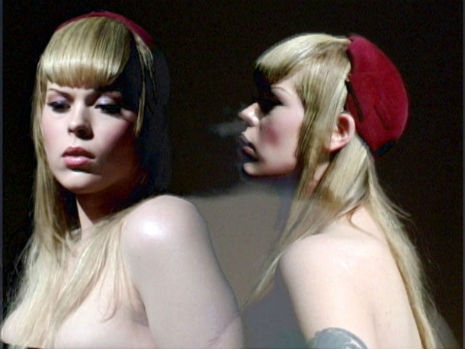
Below, Antony and the Johnsons perform a stunning version of “Twilight” while Johanna Constantine turns:
“The performance artist Johanna Constantine appeared as one of the 13 subjects in TURNING. Johanna and I met in our first year of university in California and she has been a huge influence on my life and work. We moved to NYC together in 1992 and co-founded a late night performance collective called Blacklips. We have always considered ourselves two sides of a whole: she seems to present a threatening, alien, armored face, while as a singer I exhibit a vulnerable interior. As the years have worn on, we have subliminally exchanged these roles, even from minute to minute. Johanna Constantine is also a founding member of an exhibition project we are now working on called Future Feminism. We first coined the term “future feminism” to describe the work of a handful of female artists from NYC that work on a frontier by themselves, using their bodies as material, exploring themes of violence, femininity, alienation, innocence, eco-collapse and survivalism.” Antony Hegarty
Posted by Richard Metzger
|
10.27.2014
02:43 pm
|
